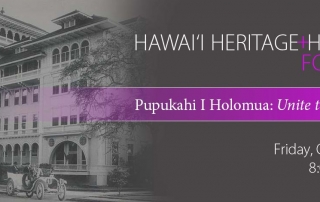What are the pros and cons of using substitute materials when making repairs to a historic building?
By Sharon C. Park, AIA When deteriorated, damaged, or lost features of a historic building need repair or replacement, it is almost always best to use historic materials. In limited circumstances substitute materials that imitate historic materials may be used if the appearance and properties of the historic materials can be matched closely and no damage to the remaining historic fabric will result. The Secretary of the Interior's Standards for Rehabilitation require that: Deteriorated architectural features be repaired rather than replaced, wherever possible. In the event that replacement is necessary, the new material should match the material being replaced in composition, design, color, texture, and other visual properties. The practice of using substitute materials in architecture is not new, yet it continues to pose practical problems and to raise philosophical questions. On the practical level the inappropriate choice or improper installation of substitute materials can cause a radical change in a building's appearance and can cause extensive physical damage over time. On the more philosophical level, the wholesale use of substitute materials can raise questions concerning the integrity of historic buildings largely comprised of new materials. In both cases the integrity of the historic resource can be destroyed. In general, four circumstances warrant the consideration of substitute materials: the unavailability of historic materials; the unavailability of skilled craftsmen; inherent flaws in the original materials; and code-required changes (which in many cases can be extremely destructive of historic resources). Use of these materials should be limited, since replacement of historic materials on a large scale may jeopardize the integrity of a historic resource. Every means of repairing deteriorating historic materials or replacing them with identical materials should be examined before turning to substitute materials. Because [...]





